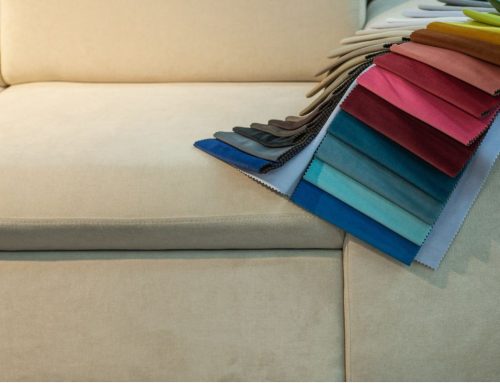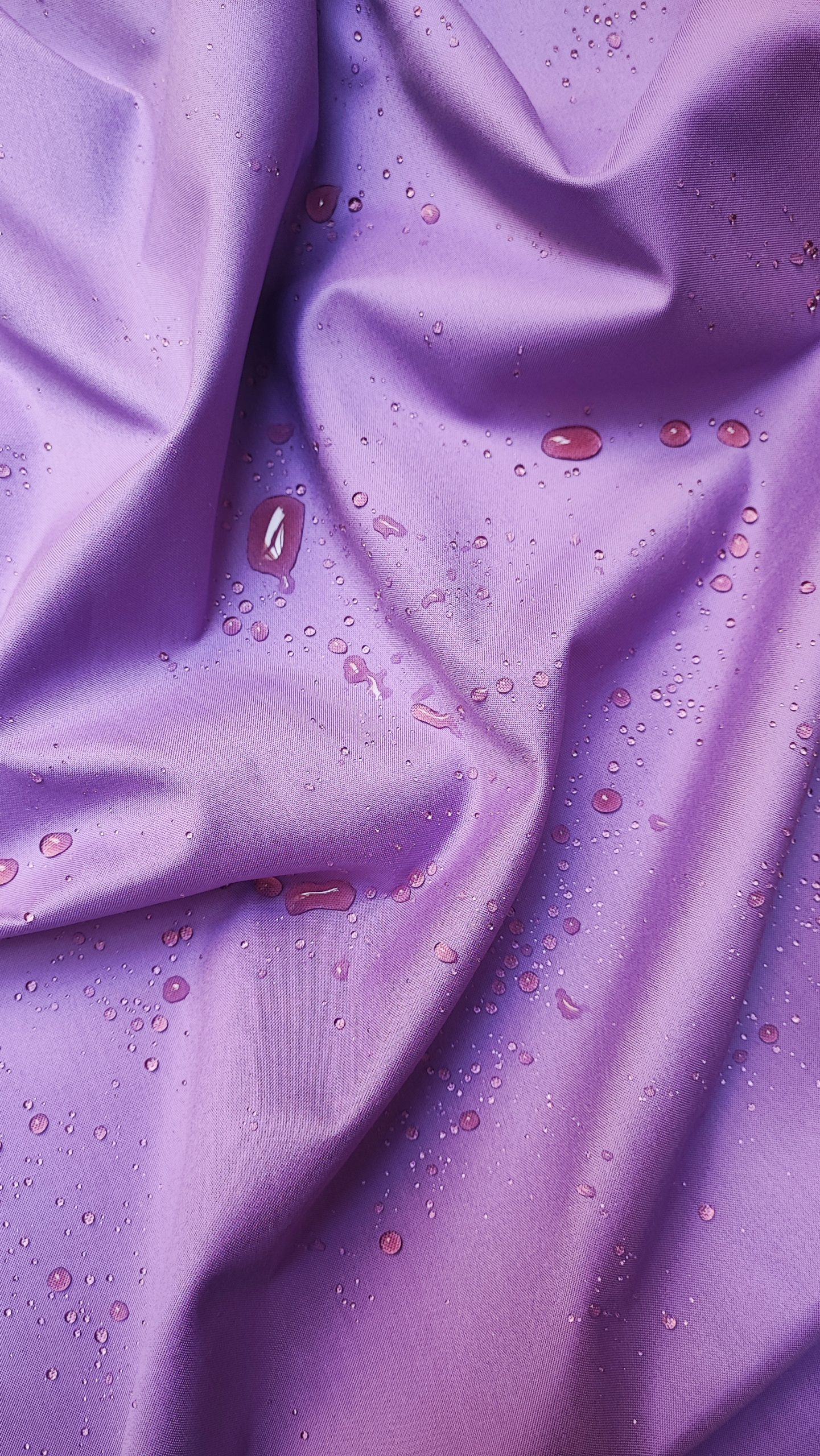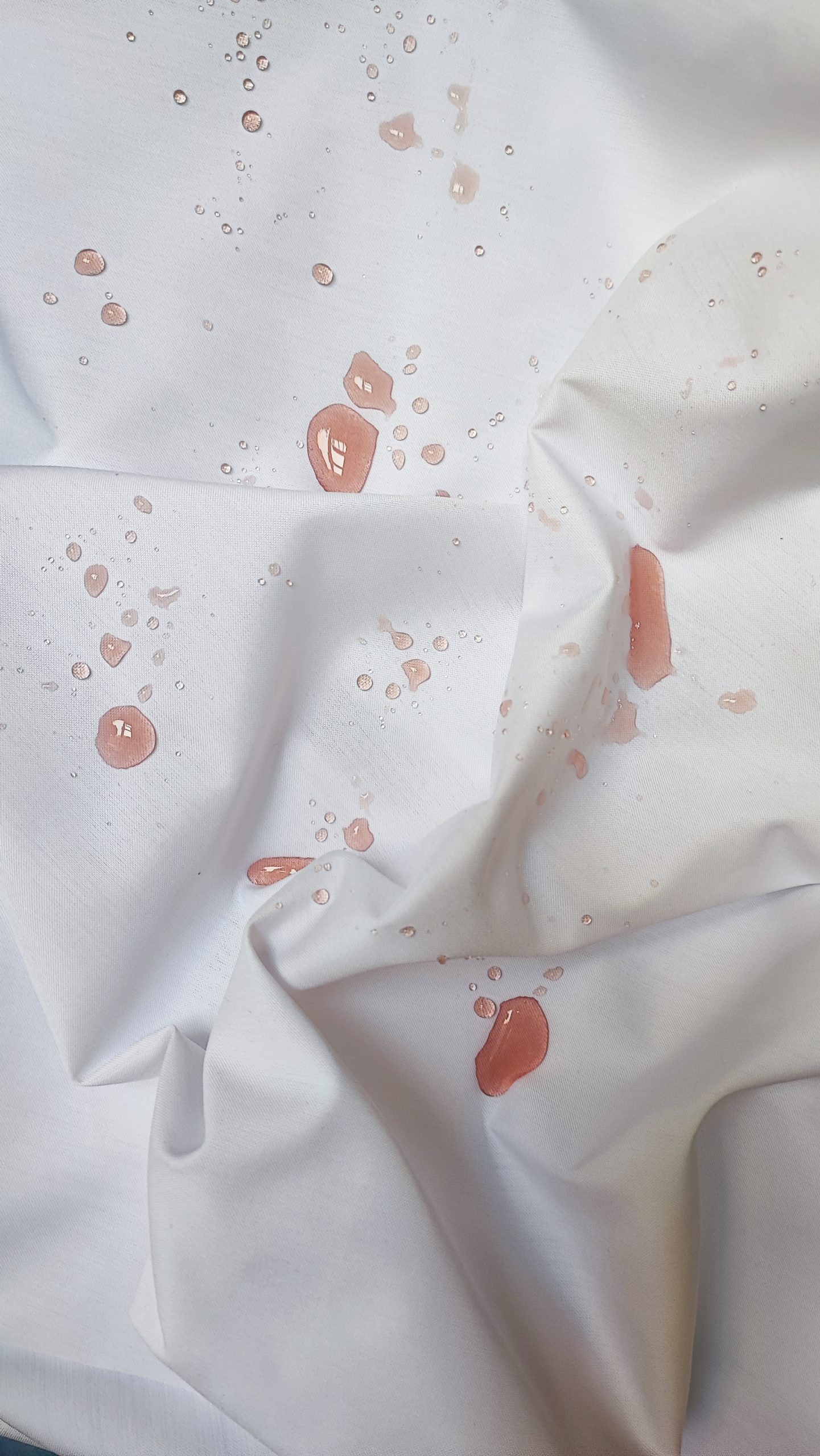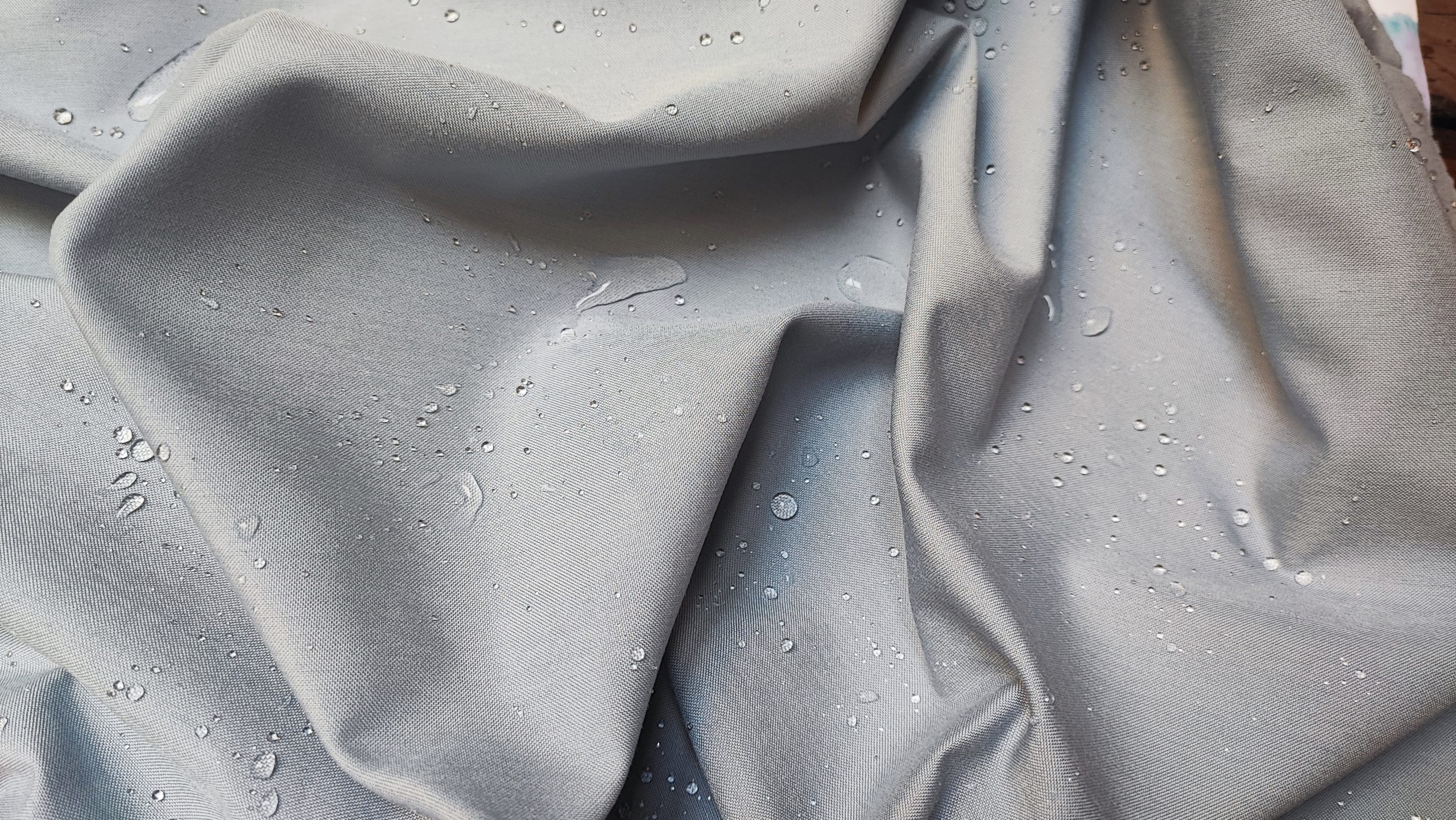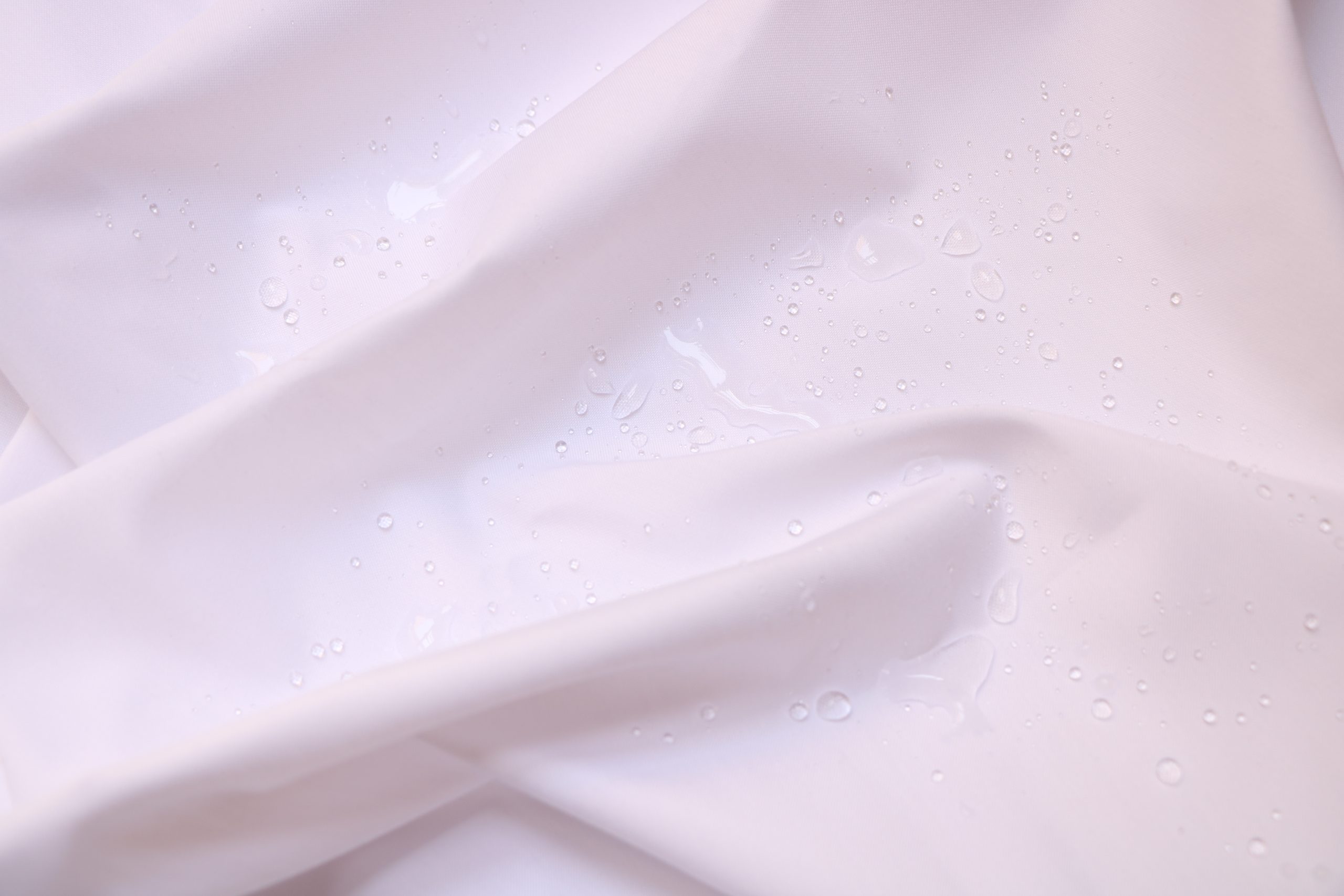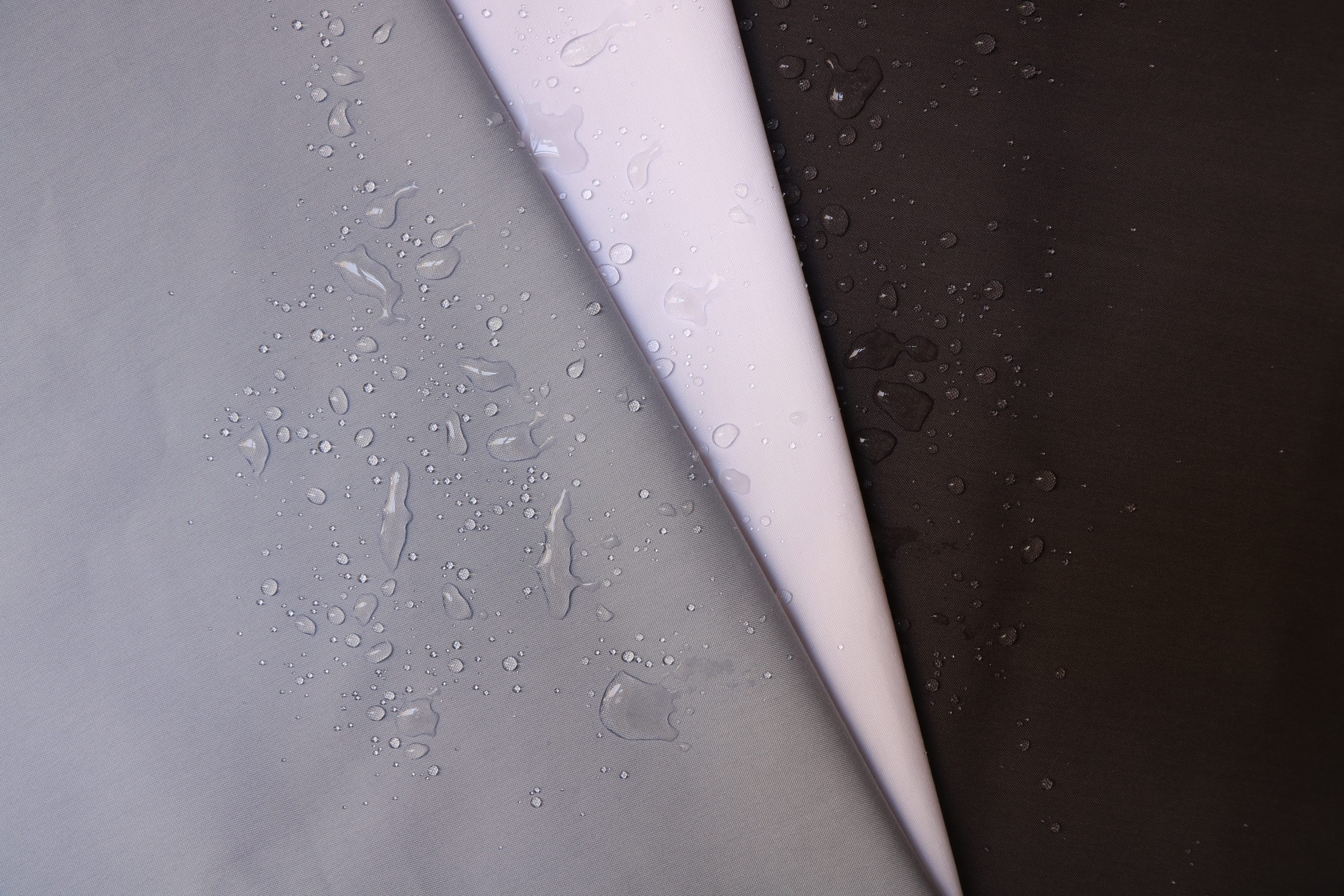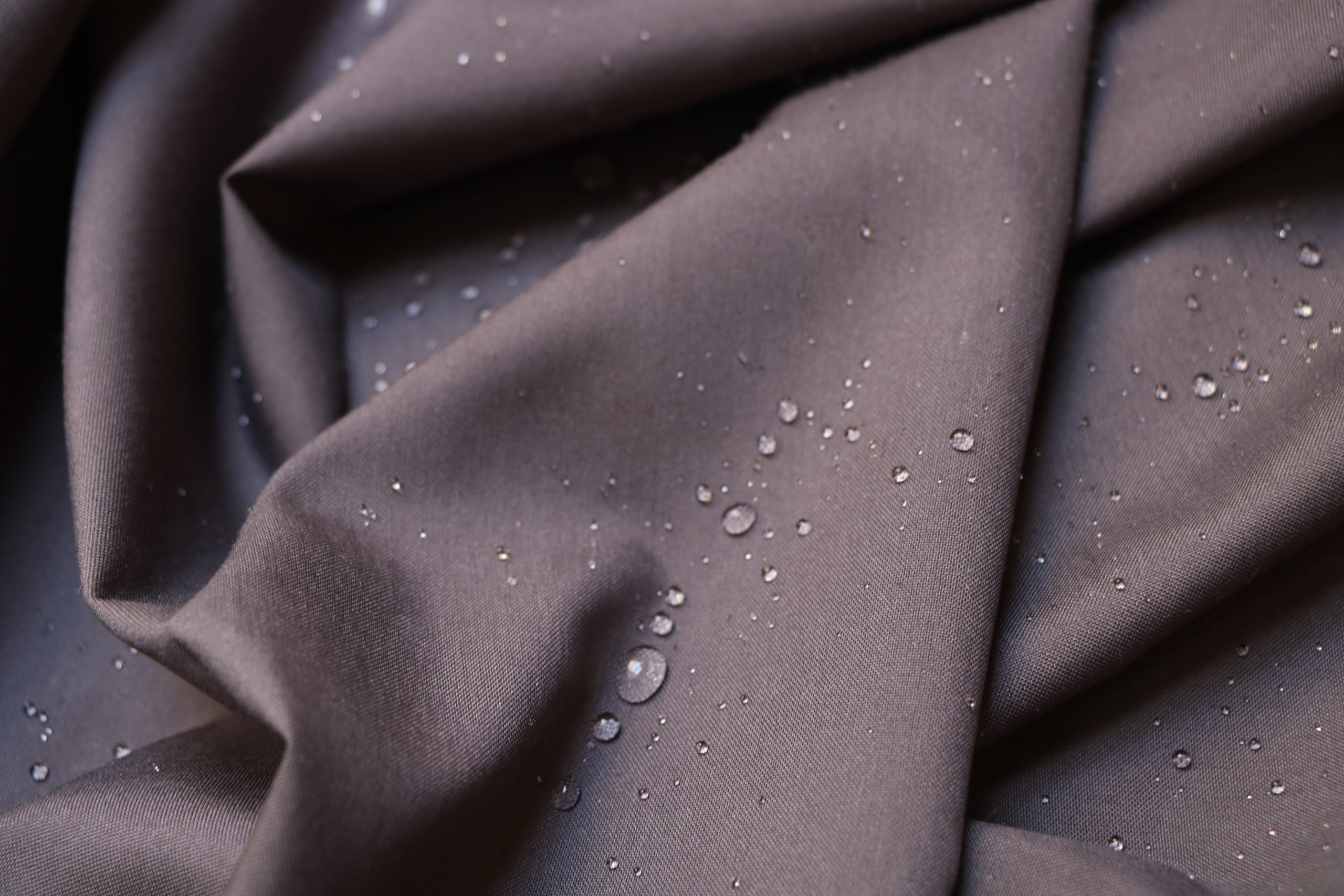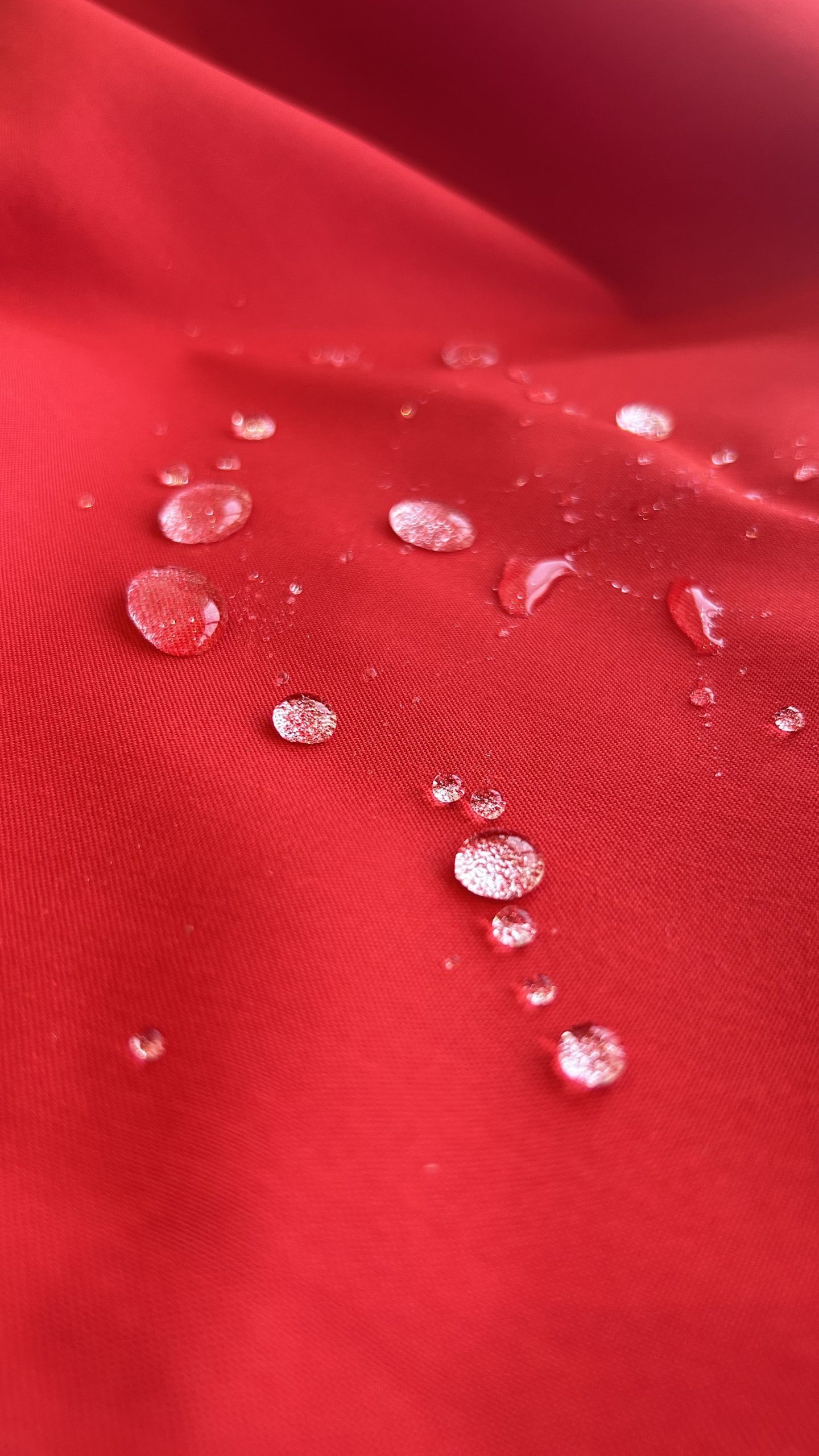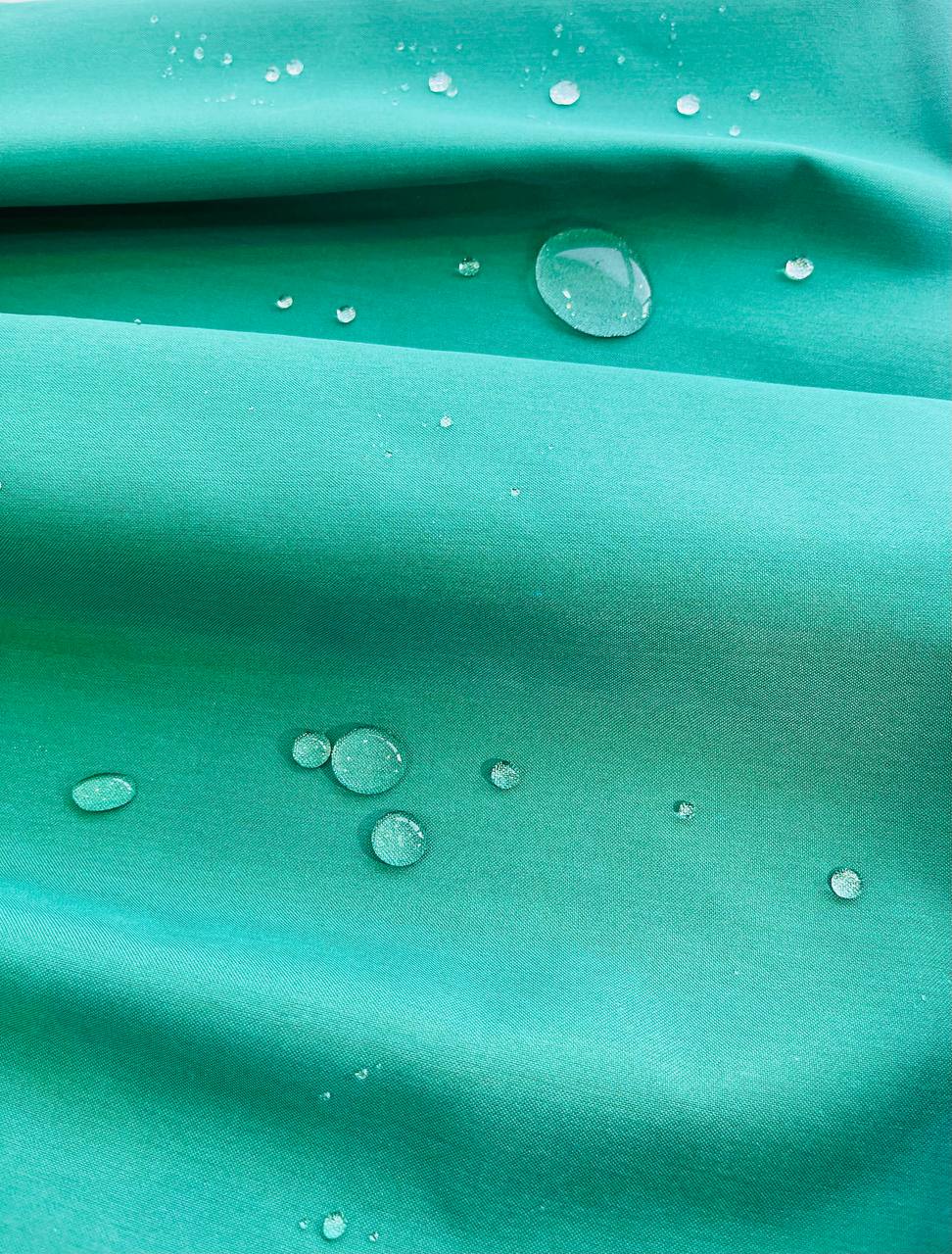What is Nanofabrics?
Nanofabrics, also known as nano textiles or smart textiles, have revolutionized the textile industry by incorporating nanoscale materials into fabric structures. These advanced fabrics offer a wide range of benefits and applications across various sectors. The development of nanofabrics stems from significant advancements in nanotechnology and materials science.
Researchers began exploring techniques to engineer fabric materials at the nanoscale level in the late 20th century, leading to the birth of nanofabrics.
Nanofabrics harness the power of nanoscience to enhance fabric engineering, making fabrics more functional and sustainable.
Creating Nanofabrics
Nanofabrics are made by nanofibers, which are incredibly thin fibers ranging from 50 nanometers to 10 microns in diameter. Advanced techniques like electrospinning and the Sol-gel process are used to produce these fibers.
-
Electrospinning
This method involves using electricity to create strong and versatile fibers from a polymer solution.
-
The Sol-gel process
The Sol-gel process applies a gel-like solution to fabrics, giving them nanofabric properties.
Nanofabrics can be created in various ways, such as integrating synthetic nanoparticles into fibers, adding nanoparticles to nanoscale fibers, or coating fibers with a thin layer of nanoparticles.
Nanomaterials like nanocellulose, nanosilver, graphene, metal oxide nanomaterials, and carbon nanotubes are used to revolutionize textiles at a molecular level. These materials give fabrics exceptional properties while maintaining their flexibility and comfort.
Diverse Applications of Nanofabrics
Nanofabrics have diverse applications in industries like medicine, fashion, defense, electronics, and industrial settings.
-
In Medical:
Nanofabrics have made significant contributions to the medical field. A great example of their use is in the creation of breathable personal protective equipment (PPE) kits and face masks, providing effective protection against pathogens such as those encountered during the COVID pandemic. Silver-infused nanoparticles coated on medical bandages are also used in medical procedures to help heal wounds faster.
-
In Fashion:
The fashion industry has embraced the advantages of nanofabrics. Another property of nanofabrics, being superhydrophobic, is implemented to create fabrics that are spill-proof, stain-resistant, and still breathable. Nanofabrics with anti-odor, anti-bacterial, and UV-protective properties are widely employed in the manufacturing of fashion apparel, casual wear, shoes, bags, and other accessories.
-
In Defense:
Nanofabrics have found applications in the defense industry as well. Specially-designed nanofibers, called carbon nanotubes (or CNTs), due to their lightweight yet heavy performance capability, are used in the manufacture of bulletproof vests, fire-resistant flame-suits, and other safety gears, providing optimal protection for personnel in defense applications.
-
E-Textiles:
Nanofabrics are also enabling the development of electronic-based fabrics, known as e-textiles. Nanotextiles, with their unique properties of conducting electric signals, are being explored to create wearable technologies. Though e-textiles are in their nascent stage, they show promising results. From heart-rate monitoring vests to electric sleeves, mobile-connected bags, and other wearable devices, the scope for this fabric remains unending.
The Growing Market for Nanotechnology Clothing
The global nanotechnology clothing market is experiencing remarkable growth due to the increasing demand for enhanced textile functionalities and applications.
The market value of nanotechnology clothing is expected to reach $13.83 billion By 2026, highlighting the significant potential of nanofabrics in the textile industry.
The market covers various regions of the globe, and western europe was the largest region in the nanotechnology clothing market in 2021.
Nanotechnology Clothing and Pronyx
Pronyx, a leading player in the textile industry, recognizes the transformative power of nanofabrics. We consider ourselves dedicated to driving innovation, sustainability, and transformative textile solutions.
Pronyx is at the forefront of advancements in nanofabric technology through our commitment to research and development. We collaborate with industry partners and experts to push the boundaries of what can be achieved with nanofabrics, paving the way for sustainable and innovative textiles.
With the growing demand for nanotechnology clothing, Pronyx is well-positioned to capitalize on this trend. By leveraging our strengths and staying ahead of market trends, we aim to deliver revolutionary textile solutions that redefine our experience with fabrics.
Conclusion
In conclusion, nanofabrics are making significant advancements in the textile industry. With their exceptional properties, multifunctional capabilities, and potential for sustainable innovation, nanofabrics are reshaping multiple industries.
Pronyx recognizes the transformative power of nanofabrics and is committed to driving innovation and sustainability in the field. Pronyx aims to unlock the full potential of nanofabrics and usher in a new era of intelligent textiles. With the projected growth of the global nanotechnology clothing market, the future looks promising for nanofabrics. As they continue to evolve, nanofabrics will revolutionize the way we dress and experience fashion.
The transformative power of nanofabrics is poised to reshape the textile industry and redefine our world, one fabric at a time.

